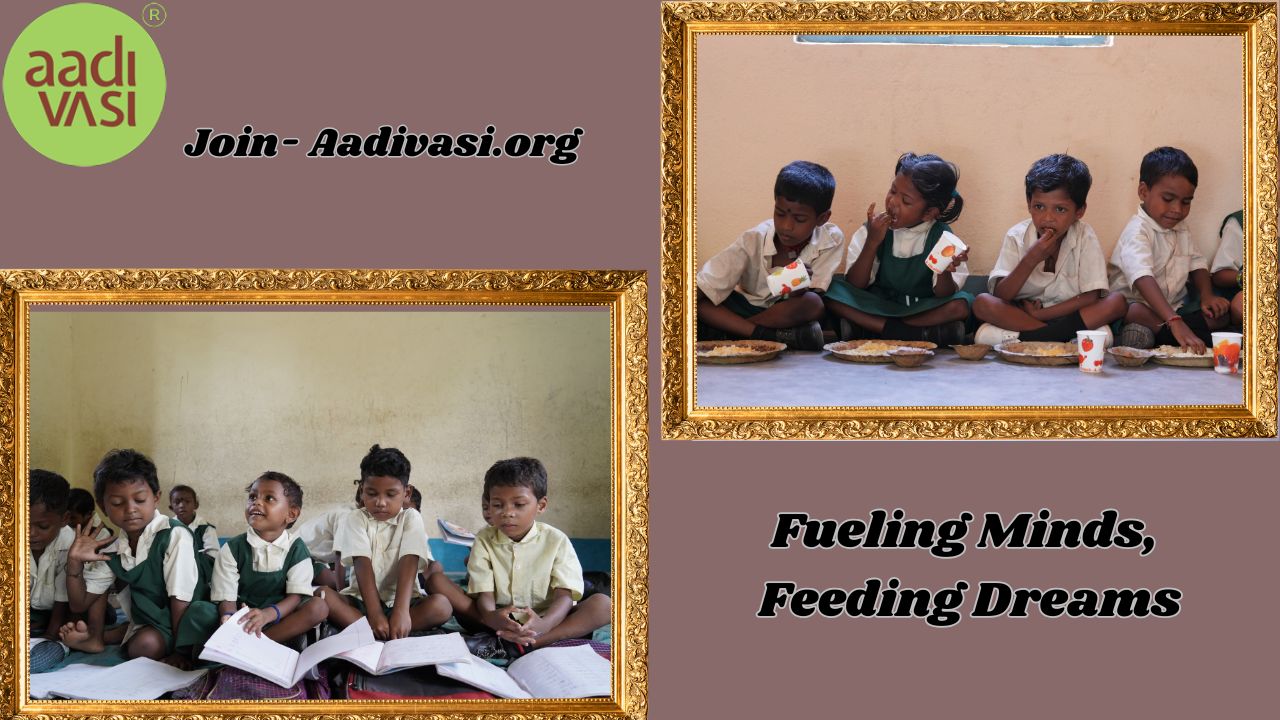Hunger and Education: How Malnutrition and Learning Are Connected in Tribal Education

Hunger and Education: How Malnutrition and Learning Are Connected in Tribal Education
Picture this—a child sits in a dimly lit classroom, their eyes drooping, stomach rumbling, struggling to make sense of the words on the blackboard. This isn’t an isolated experience but a daily battle for thousands of Aadivasi Children across India. The intricate relationship between hunger and school performance is often overshadowed by conversations around infrastructure and curriculum, yet malnutrition and learning are inseparable. Organizations like Aadivasi.org are championing holistic approaches, ensuring that these children receive not just education but nourishment, livelihood support, and sustainable initiatives, including ethical corporate gifting that uplifts their communities.
The Silent Crisis in Tribal Education
For children in marginalized communities, particularly those in Adivasi schools and nutrition-deficient regions, the challenge isn’t just learning; it’s survival. Malnourishment leads to poor nutrition and cognitive development, leaving students with diminished focus, weaker memory retention, and a constant state of fatigue. Can we truly expect a child to excel academically when their basic nutritional needs remain unmet?
Impact of Malnutrition on Education
The first five years of life lay the foundation for cognitive abilities. Yet, millions of tribal children grow up facing severe nutritional deficiencies, which negatively impact their ability to comprehend and retain information. The link between hunger and school performance is undeniable—an undernourished brain struggles to function optimally.
Research from various tribal communities confirms that poor dietary intake results in lower academic performance. The undeniable connection between poverty and learning outcomes means that for many families, securing daily sustenance takes precedence over attending school. High dropout rates are an unfortunate consequence.
Can Food Security in Tribal Communities Change the Narrative?
Absolutely. Interventions like Mid-Day Meal Benefits for Adivasi Kids have demonstrated tangible improvements. A wholesome meal at school not only fills stomachs but also fuels minds, encouraging attendance, participation, and engagement in learning.
However, meal programs alone cannot solve this deep-rooted issue. We must take a step further—ensuring accessibility to nutritious food, implementing sustainable nutrition programs, and amplifying awareness about Aadivasi student challenges so that policymakers and educators recognize the urgency of the situation.
Government Schemes for Tribal Education: A Step Forward or a Band-Aid Solution?
While various government initiatives focus on health and education link in tribals, their execution remains inconsistent. Bureaucratic inefficiencies, lack of transparency, and inadequate monitoring often render these efforts ineffective. The real change must stem from community-led interventions, where local voices dictate the terms of their own upliftment, ensuring policies translate into real impact.
Overcoming Hunger for Better Learning
Education is often heralded as the great equalizer, but what happens when a child lacks the fundamental strength to sit through a lesson? Expecting an undernourished child to thrive in school is like planting a sapling in barren soil and expecting it to flourish.
If we are to genuinely improve education in tribal areas, nutrition must take center stage—alongside textbooks and teachers. Aadivasi children nutrition is not just a health issue; it’s an educational one, a matter of equity, and a defining factor for our nation’s progress. Until every child, irrespective of their background, receives adequate nourishment, the dream of an educated, empowered tribal community will remain just that—a dream.

